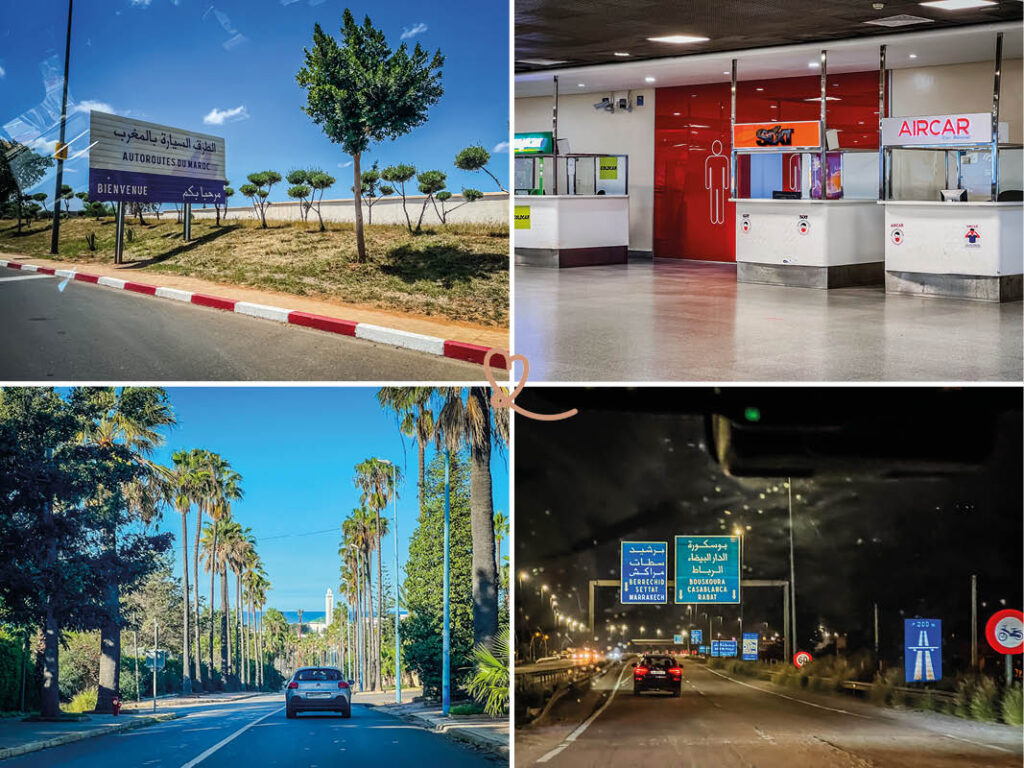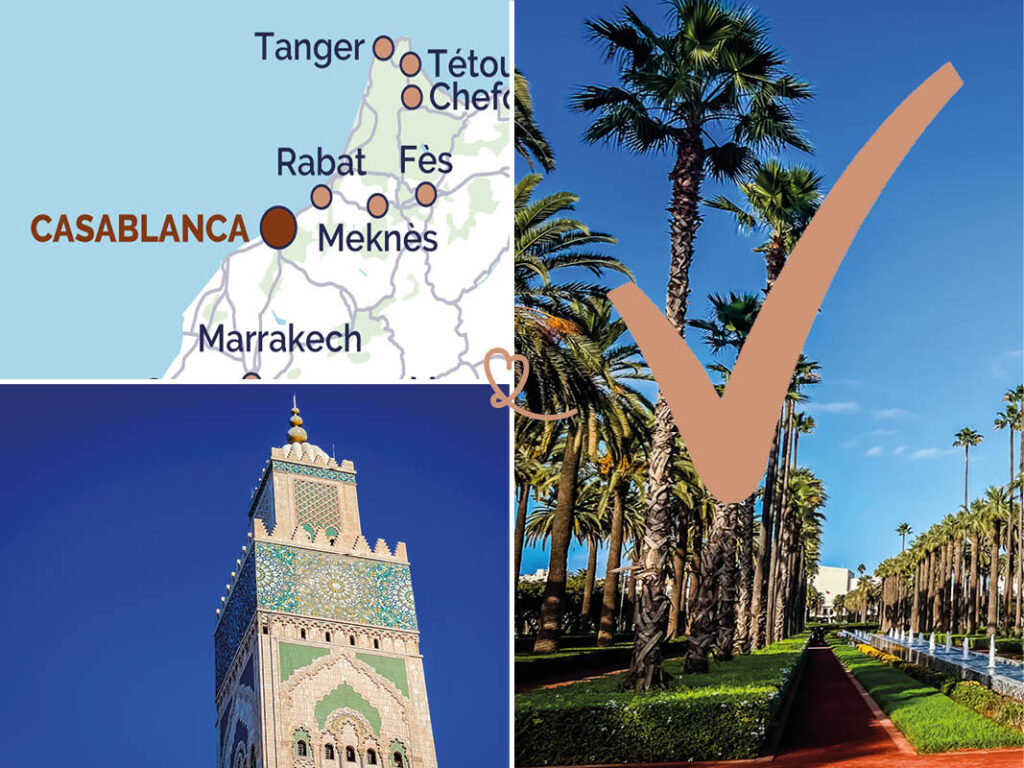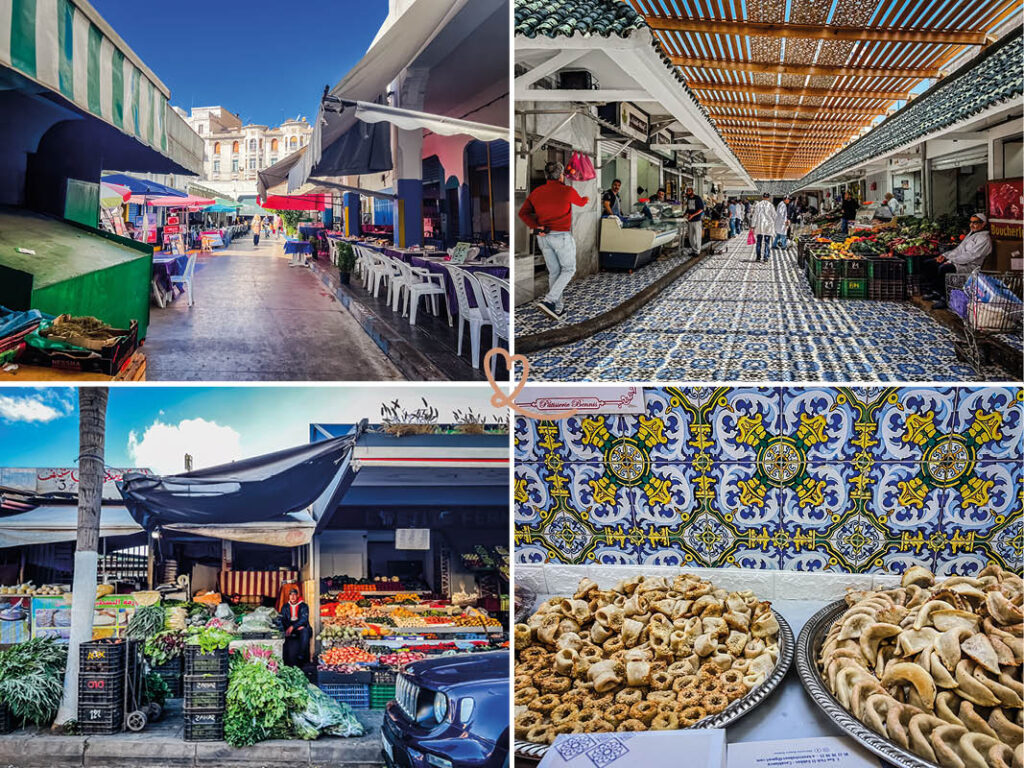On a stopover in Casablanca? Discover the Musée du Judaïsme Marocain, a unique institution that bears witness to the kingdom’s multicultural richness. The first Jewish museum in the Arab world, it houses a remarkable collection of objects testifying to over two thousand years of history of the Moroccan Jewish community. A moving museum with a precious heritage.
In this article, discover our useful tips in pictures to best prepare your visit to the Museum of Moroccan Judaism in Casablanca.
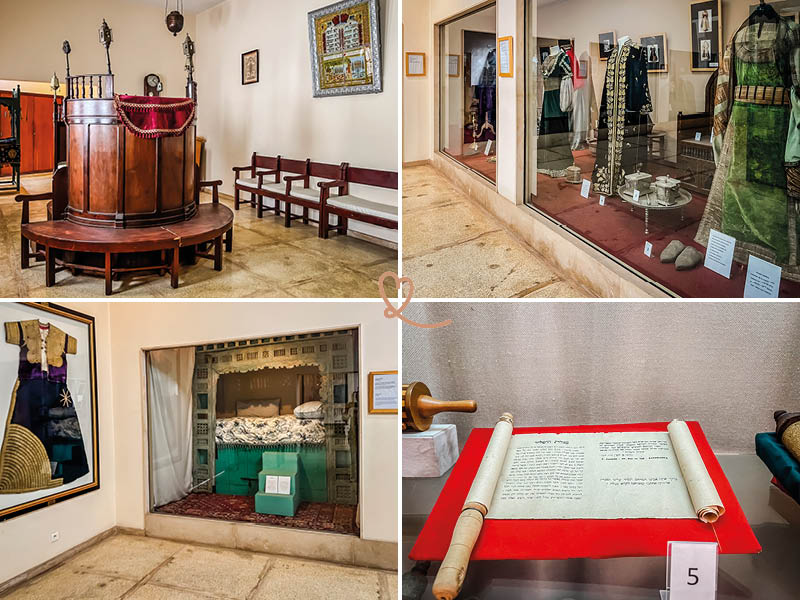
This opinion is completely independent, based on our experiences. We visited the region anonymously, making our own choices and paying our bills in full.
Why visit the Museum of Moroccan Judaism?
Is the Museum of Moroccan Judaism worth it? Our opinion:
Absolutely! It houses a remarkable collection of objects testifying to the rich history of the Jewish community in Maroc. We enjoyed the diversity of the pieces on display, from traditional cult objects to finely chased jewelry. The collection also includes life-size traditional outfits presented with dolls in elegant settings. For us, this is one of the best things to do in Casablanca!

Why is the Museum of Moroccan Judaism famous?
It is considered the first museum in the city of Casablanca, and above all the first Jewish museum in the Arab world. This unique institution houses a remarkable collection of objects bearing witness to the Jewish community in Maroc. Indeed, Jews have been present in Maroc for at least two thousand years, creating an exceptionally rich cultural heritage.

Why do we love this museum?
We were seduced by the museum’s old-fashioned charm, with its framed labels and sober approach that perfectly complement the solemnity of the place. We particularly appreciated the variety of objects on display and the evolution of styles according to era and region. We were also struck by the museum’s humanistic approach, which encourages dialogue between communities.

History in brief
The Museum of Moroccan Judaism was opened in 1997, on the premises of the former Murdoch Bengio Children’s Home, built in 1948.
The 600m2 building was refurbished by architect Aimé Kakon in 1995-1996.

WHERE TO STAY IN Casablanca
Our favorites: neighborhoods and hotels
Our selection is coming soon Hotel 1 – See prices, photos and availability
Our selection is coming soon Hotel 1 – See prices, photos and availability
Our selection is coming soon Hotel 1 – See prices, photos and availability

See our complete selection of the best hotels in Casablanca (coming soon)
Access: Museum of Moroccan Judaism, Casablanca
Where is the Museum of Moroccan Judaism?
- 81, Rue Chasseur Jules Gros, Oasis-Casablanca
- In the residential district of Oasis
Here’s a map to help you locate the museum in the city:
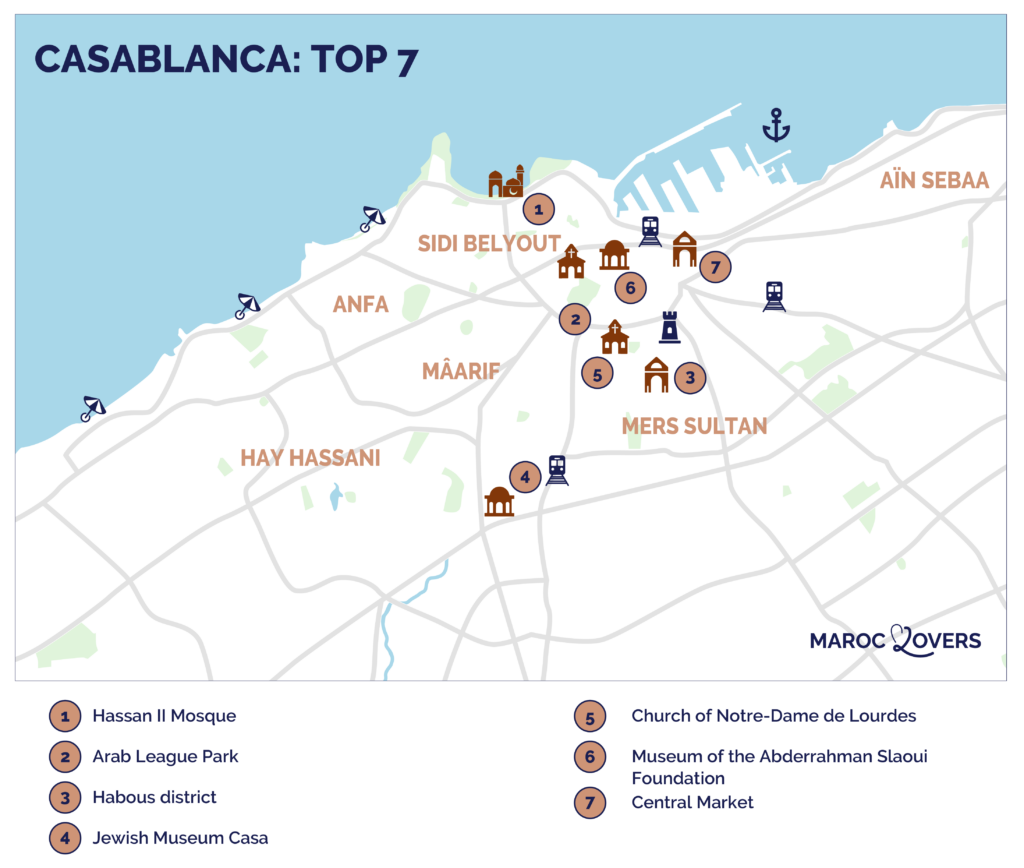
OUR TIPS FOR RENTING A CAR IN Maroc
- Compare prices on our preferred platform: DiscoverCars – one of the best rated sites.
- Adapt your choice of vehicle to your itinerary!
- For more choice, book early.

Read our tips (coming soon)
How to get there?
You can reach the museum easily from downtown Casablanca. By car, it takes about 15 minutes from the central Habous district.
If you opt for public transport, take line T1 and get off at the Gare de l’Oasis stop, then walk 15min to the museum.
Parking
There is no dedicated parking, but the Oasis residential area generally offers good parking without any particular difficulty.

DISCOVER Casablanca
- What to do in Casablanca (coming soon)
- Best hotels (coming soon)
- Best restaurants (coming soon)

Useful tips: duration, schedules, eating…
Best time to visit
We recommend visiting the museum in the morning to avoid the crowds and enjoy a more serene atmosphere.
Length of visit and main difficulties
Allow 1 hour for your visit to discover all the collections.
The museum is easily accessible, with a flat floor inside and level access from the street. You’ll only have to climb one step to enter the museum, making it a comfortable visit for everyone.

Advice on how to visit
There’s no set route to follow. Let your eye take you!
Visiting with children
The museum doesn’t offer any special facilities for young visitors, but the tour remains accessible and instructive for children curious about history and culture.
Schedules and rates
The museum is open Monday to Friday from 10am to 5pm (6pm in summer) and on Sundays from 11am to 4pm. For updated opening times, visit the official website here.
Rates: 50 dhs (MAD) for adults.
Guided tours
Guided tours are available on request. Regular debates and conferences are held here. Find out more here.

Catering
There is no restaurant inside the museum. For more good addresses in the city, see our selection of restaurants in Casablanca.
A LITTLE MORE PATIENCE
All the photos, maps, information and addresses you need to make your stay at Maroc a success will soon be available in a single ebook!
Coming soon!
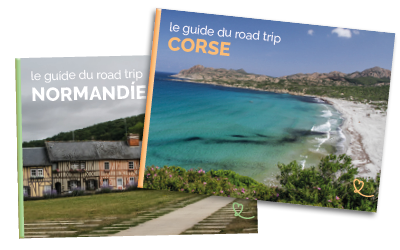
Permanent collections: between tradition and Moroccan identity
The permanent exhibition is a remarkable showcase for religious objects and their Moroccan specificity. We were impressed by this presentation, which reveals the originality of the Moroccan Jewish tradition.
Among the major pieces on display are the Torah scrolls with their precious ornaments, traditional synagogue lamps and finely chiselled Hanukkah lamps.
You will also discover a remarkable collection of jewelry and celebratory outfits for Jewish brides, identical to Berber goldsmith’s work, creating a fascinating bridge between cultures.

A heritage restored before your very eyes
One of the original features of this museum is the use of reconstructions of traditional scenes to bring history to life. We were particularly impressed by the display of authentic furniture, notably the circumcision chairs.
The synagogue reconstructions illustrate the evolution of interior style and architecture before and after European influence.

Exhibitions to pass on memory and dialogue
Finally, the tour ends with temporary exhibition spaces featuring different disciplines: visual arts, photography, sculpture and installations.
During our visit, we were able to discover the fascinating work of Jono David who, on a trip to South Africa, discovered the existence of a rich Jewish community. He then decided to travel the world, and Africa in particular, to showcase Jewish communities. We were deeply moved by his ability to illustrate the persistence of an often overlooked cult in certain African countries, revealing the diversity and vitality of Jewish communities across the continent.

Subscribe to our Newsletter
- Get away from it all with Region Lovers’ beautiful destinations!
- Once a month
- Advertising-free



